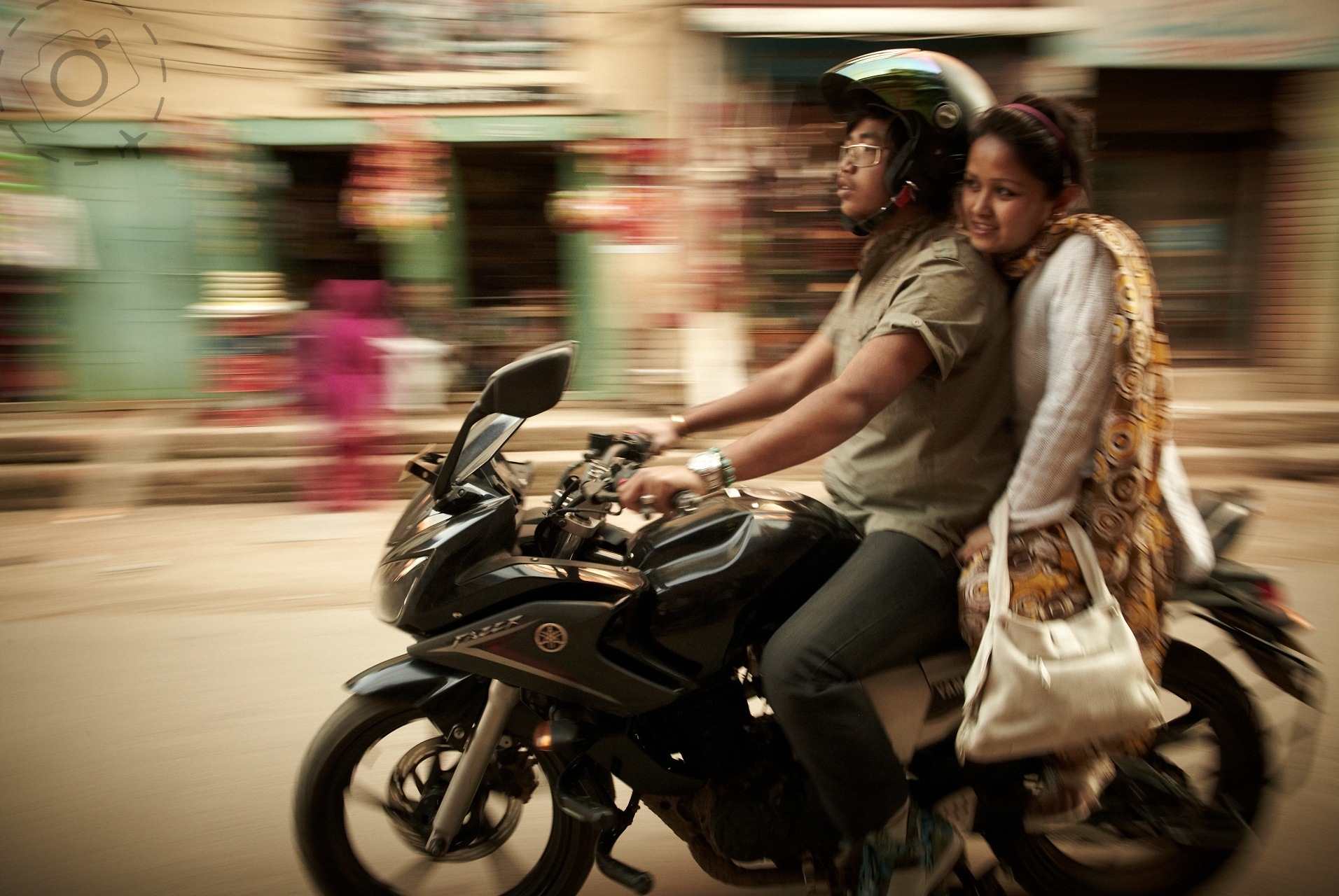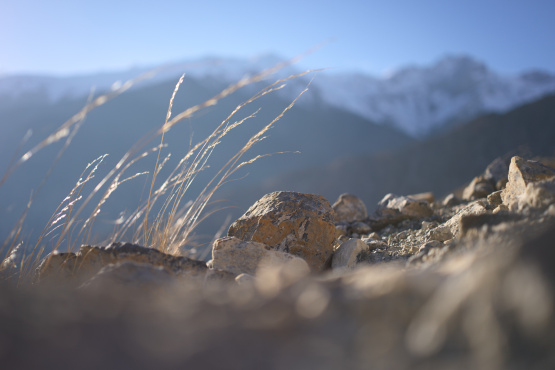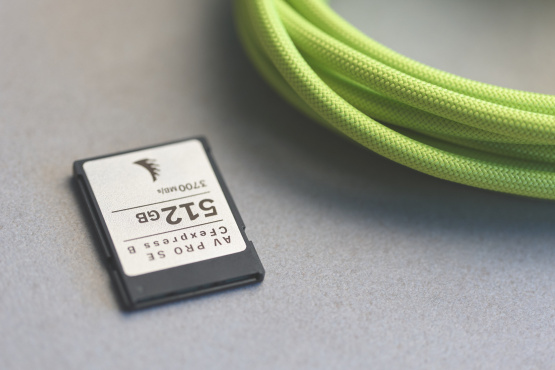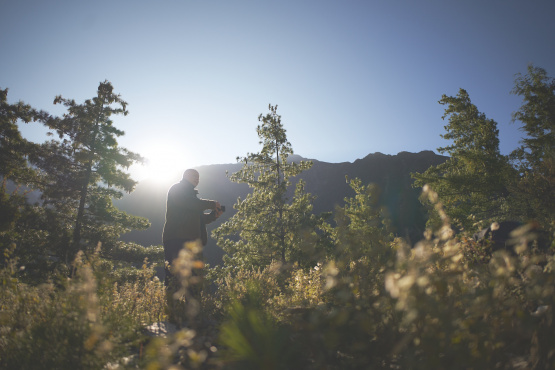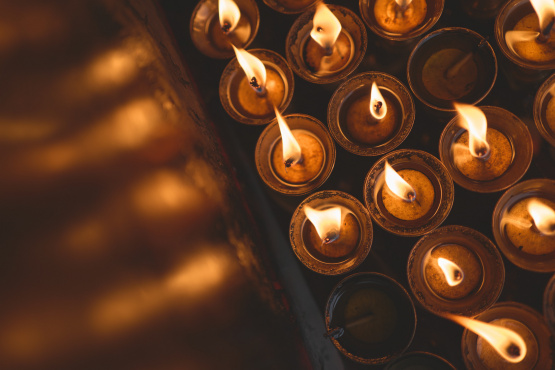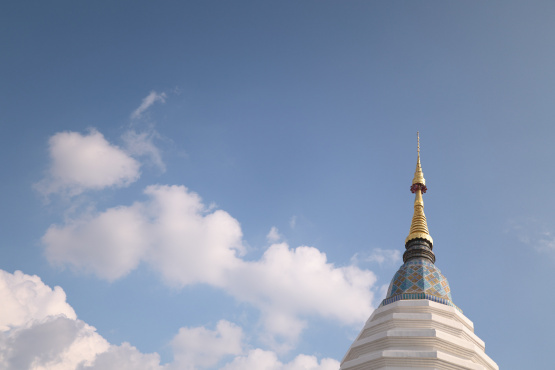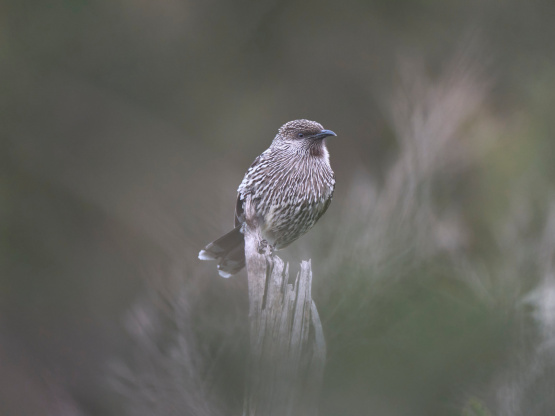I've long regarded the camera as a device that looks both ways, revealing both the image it captures and something of the photographer as well. Your presence in a shot is what makes one photo different from another. Few of us realise how much we are present in our photography, and not always in a calm and creative manner.
On recent trips I've met some curious souls who were hard working at their craft, thoughtful and expressive. They were the ones at the back of the pack, seemingly immersed in the landscape and soaking up the moment. Ironically, it turns out they were not so much immersed in the moment but immersed in themselves. So many ideas and thoughts were bouncing around inside their heads that they barely had room for the reality around them to get a look in.
The more I got to know them the more they made sense. These were very intelligent people who invest most of their energy in analysing and not enough in experiencing. As talented as they are, they didn't have an easy time of simply being still. Their minds race at such a speed that any moments of silence are immediately filled with chatter, precluding the possibility of the silence that accompanies stillness.
A few times I would have to laugh as these companions would seek to ask a question, but instead of pausing for an answer they simply keep motoring forward with their words. They tumble into their own stream of consciousness without stopping, just talking in circles around the topic without letting anyone else join the debate. In these moments I can hear the pinball machine inside their heads, bouncing the internal discussion from one side to the other, flinging ideas around a loop and shunting random bits of information into the gaps.
It's hard to engage in a solo pursuit with a chorus of voices chatting inside your head. You wouldn't want to spend all day with a friend who doesn't stop talking next to you, so how do you expect to concentrate on your photography with your own voice incessantly creating distraction.
That's when I realised how important stillness of mind can be. As a traveller with camera in hand, stillness is even more important. It's what allows you to experience the culture fully and cultivate your own expression of it through the lens.

Slow and Singular
Learning to focus on one thing at a time seems obvious, and yet few of us really do this. Our attention leaps from subject to subject, racing around new terrain in search of meaning and the familiar. It's how our brains are wired, and when put into a new environment filled with the exotic it sends our input circuits into overdrive.
Sometimes it can take a while to absorb new information about a destination to the point that we can choose which bits to focus on mentally. If your mind is struggling to focus then so will your camera. A city like Kathmandu is an information overload waiting to happen, a constant stream of chaos and noise that tests your ability to find quiet within. Until you learn to filter out the unwanted stimuli, a new cityscape can dominate your mind and make it impossible to focus your creative thoughts.
Often when I am immersed in a new location I start by shooting the fine detail, the texture of a place. It could be pieces of fruit in a market, a few friendly faces or just the surface of a wall. I literally bring my focus onto the details first and start to widen out my perspective. This creates space for stillness in my mind, builds room for ideas to form and creative connections to meld in my thoughts.
Slowing down your physical pace in these situations is important. Allowing yourself time to absorb, relax and rethink your photographic options is important when faced with an overload of new information.
The Kalimati Morning Market in Kathmandu is a lovely place for photographers and one I enjoy sharing with my groups, but sometimes one visit is not enough. We routinely make a visit at the start of my Nepal tour, and I'm never surprised when two weeks later a group asks if they can go back again to shoot.
The return visit allows my travellers to employ their new skills, honed over the journey across Nepal, but also allows them to fine tune their reflections on the market. It's my favourite market in Nepal in fact, and often proves equally enjoyable for my travellers. But it has many layers and a variety of inspiration. Returning to the location a second time proves rewarding and productive, as the familiar sights can be seen through more experienced eyes and a calmer mind.
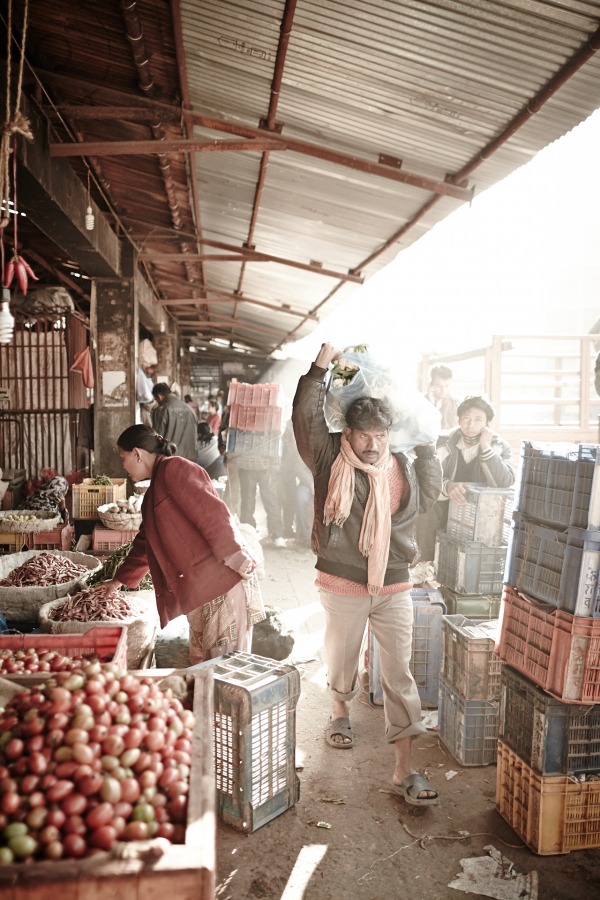
Technically Speaking
Sometimes we fall into the trap of getting over technical with our camera gear and then forget about the joy that is photography. I see this all the time as people struggle with apertures and zoom lenses, with so much focus on the camera settings and no room left for being in the moment.
I often advise people to simplify their setup, because it frees their mind to think about more important things. Pick which f-stop you want, f/2 for shallow depth of field and f/8 for lots of depth of field. Pick which lens you want, 24mm for wide and wonderful or 50mm for close and tight. And that's it.
Stop worrying about which zoom lens to put on, where to sit along the zoom range, trying to make the most of advanced focusing options, analysing whether the rear focus button works better than the shutter, etc etc etc. We overload ourselves with camera options and find there's no space left in our brain for building composition in the photos. Most features on cameras are not needed, they're added for marketing purposes rather than creative needs.
Anything that simplifies your technical approach to photography is a good thing. A lot of cameras have better Auto-ISO features these days, allowing you to set the minimum shutter speed and let the ISO float as required when shooting at your favourite aperture. It's a combination that I am increasingly recommending for people who get too distracted by the camera itself.
Even the choice of lens is an opportunity to simplify. I shoot with prime lenses, having spent my time in decades past exploring various zooms. I moved to primes for quality gains, but in hindsight there was another benefit. Once I put the 24mm lens on the body it stays put for most of the day. I don't need to waste effort thinking about it. If I want wide I step back, if I want tight I step forward. I can cover most situations without swapping a lens or swapping out my mental attention.
Shooting with a prime lens can help you stay focused on the subject, removing one more variable from your thoughts. If need be I pull out the 50mm, but only when the situation demands this of me.
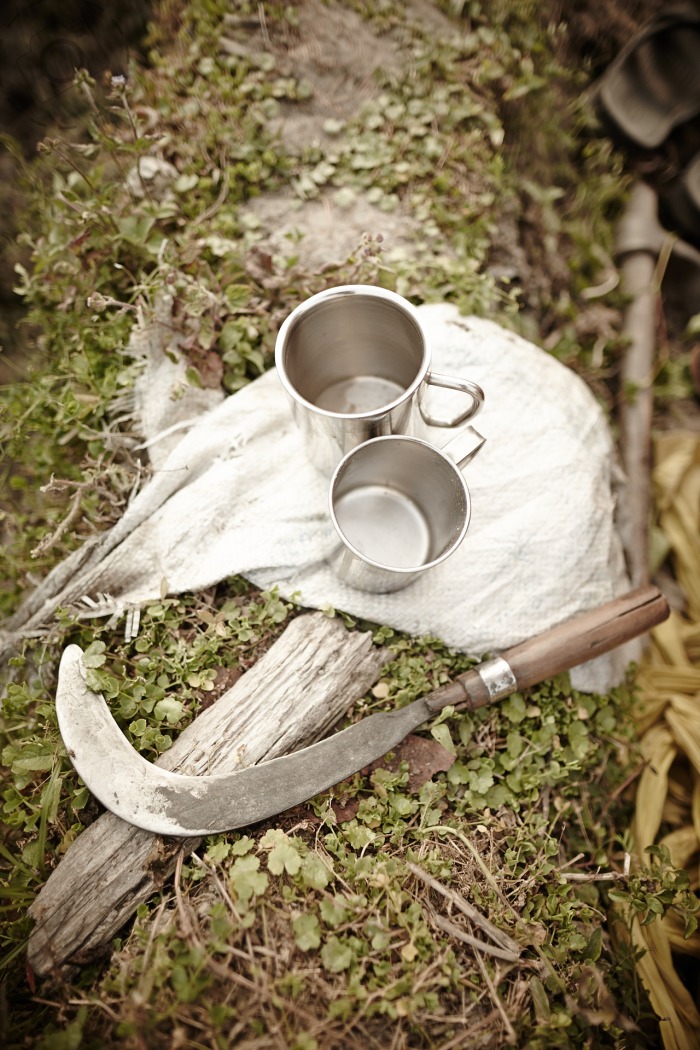
Let Life Happen
Sometimes I meet photographers who want to know exactly what will happen on every day, before that day has even arrived. They want details, specifics, schedules. They don't want to risk that something unexpected may happen, and invest all their effort and thought into a moment that does not yet exist. It's a terrible waste of energy and opportunity.
The best moments are the ones you didn't know about. Embracing the unexpected and learning to navigate your journey as it happens is a great advantage, because by being in the moment you allow wonderful and subtle things to enter your life. Not knowing what's around the corner is the very reason I enjoy travel so much, and the great joy of sharing my experience in other countries.
Even when I know what's around the corner, I try to make sure my companions don't have the surprise spoiled for them. There's an electricity that sparks when discovering something for the first time, it triggers a surge of energy of creative potential that is special. I like to allow life to surprise me when I travel, to allow new things to inspire me and let the universe guide me.
Being in the moment is essential to that process. If you over analyse your journey ahead you're simply removing your consciousness from the now and living in the future. Your head is no longer with the present, or your camera. Learning to quiet the discussion in your head about what may or may not be waiting around the corner allows you to enjoy where you are right now, to experience it in full.
There's now place like now.

Keep Reading
Join Ewen's newsletter for monthly updates on new photography articles and tour offers...Subscribe Here

